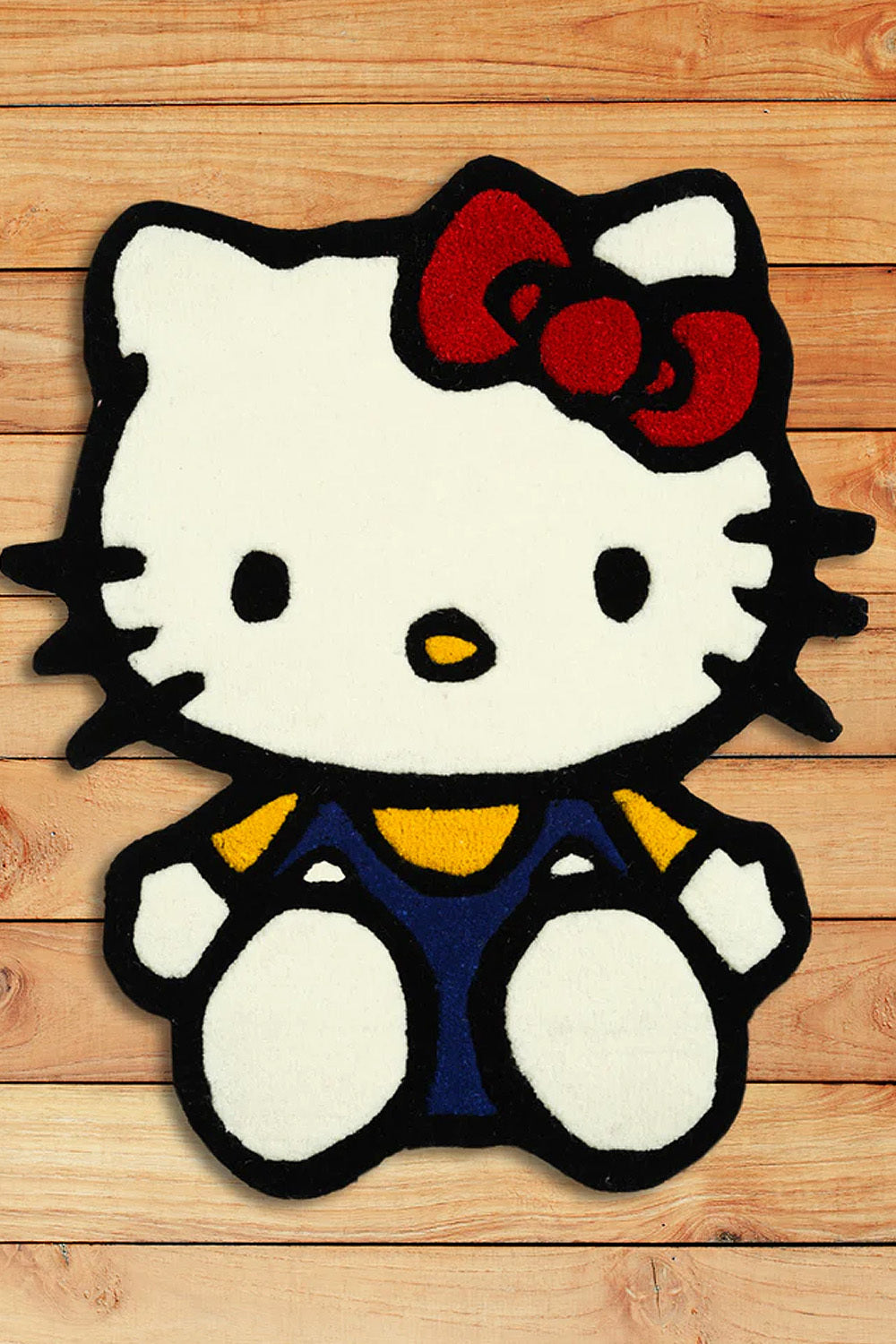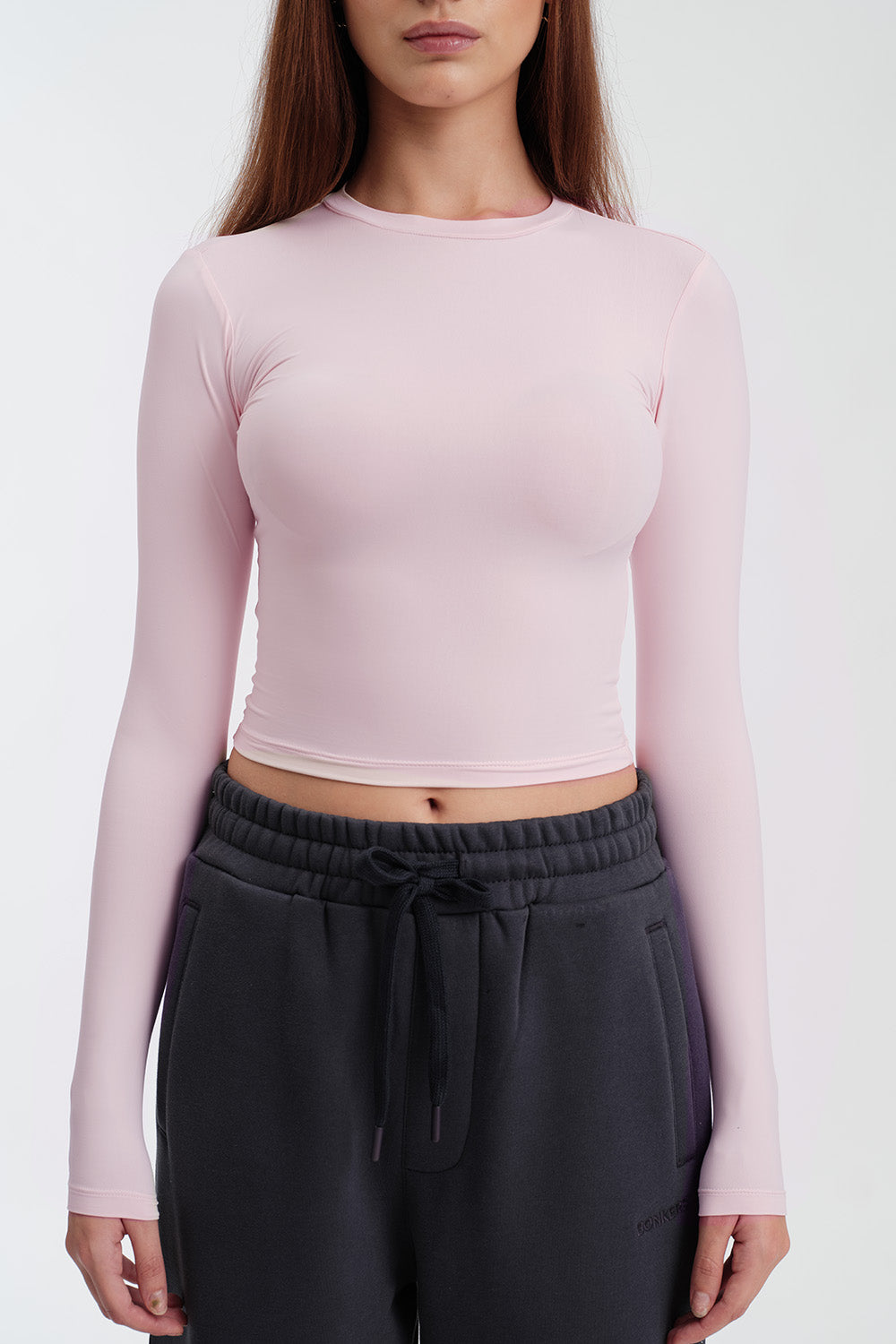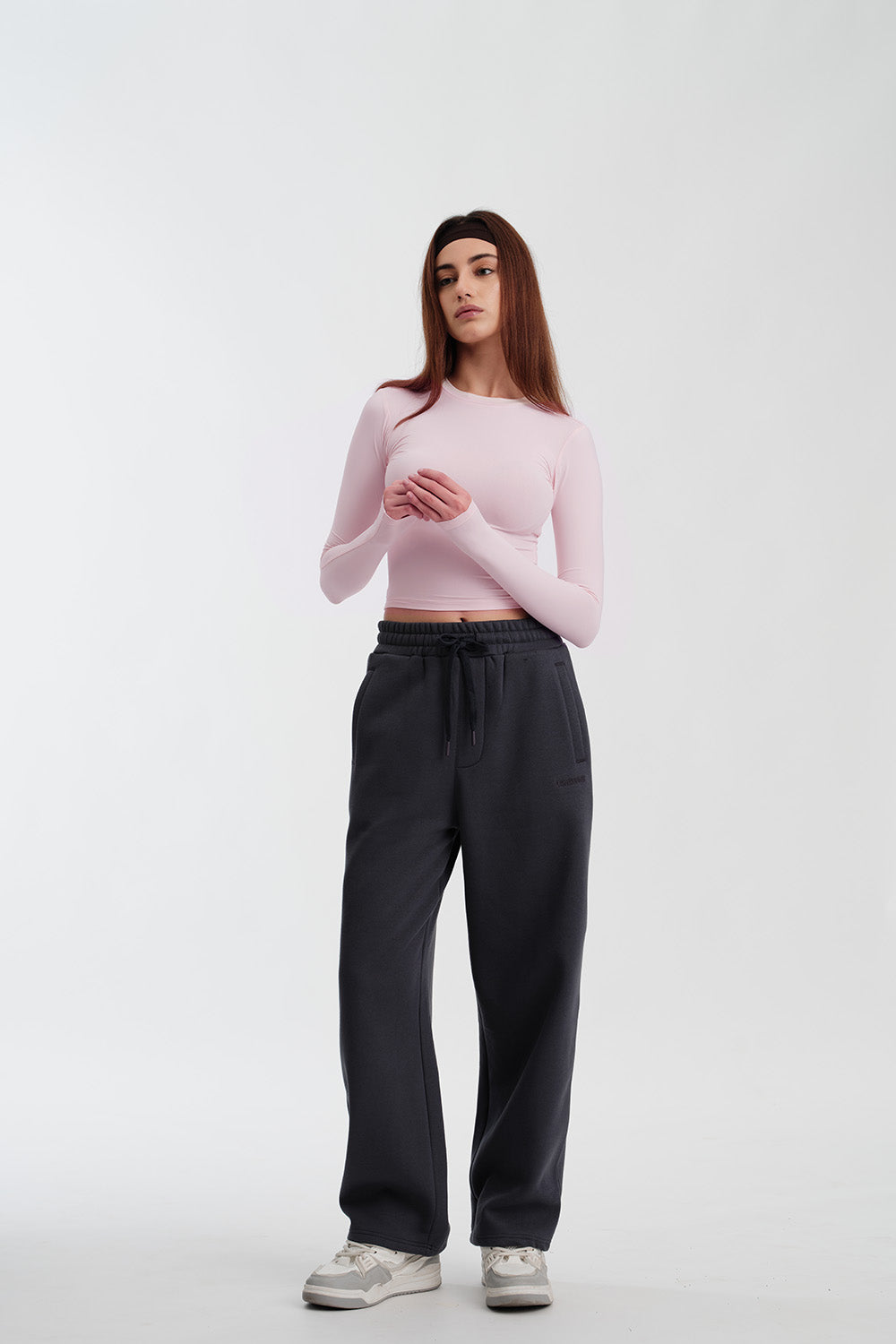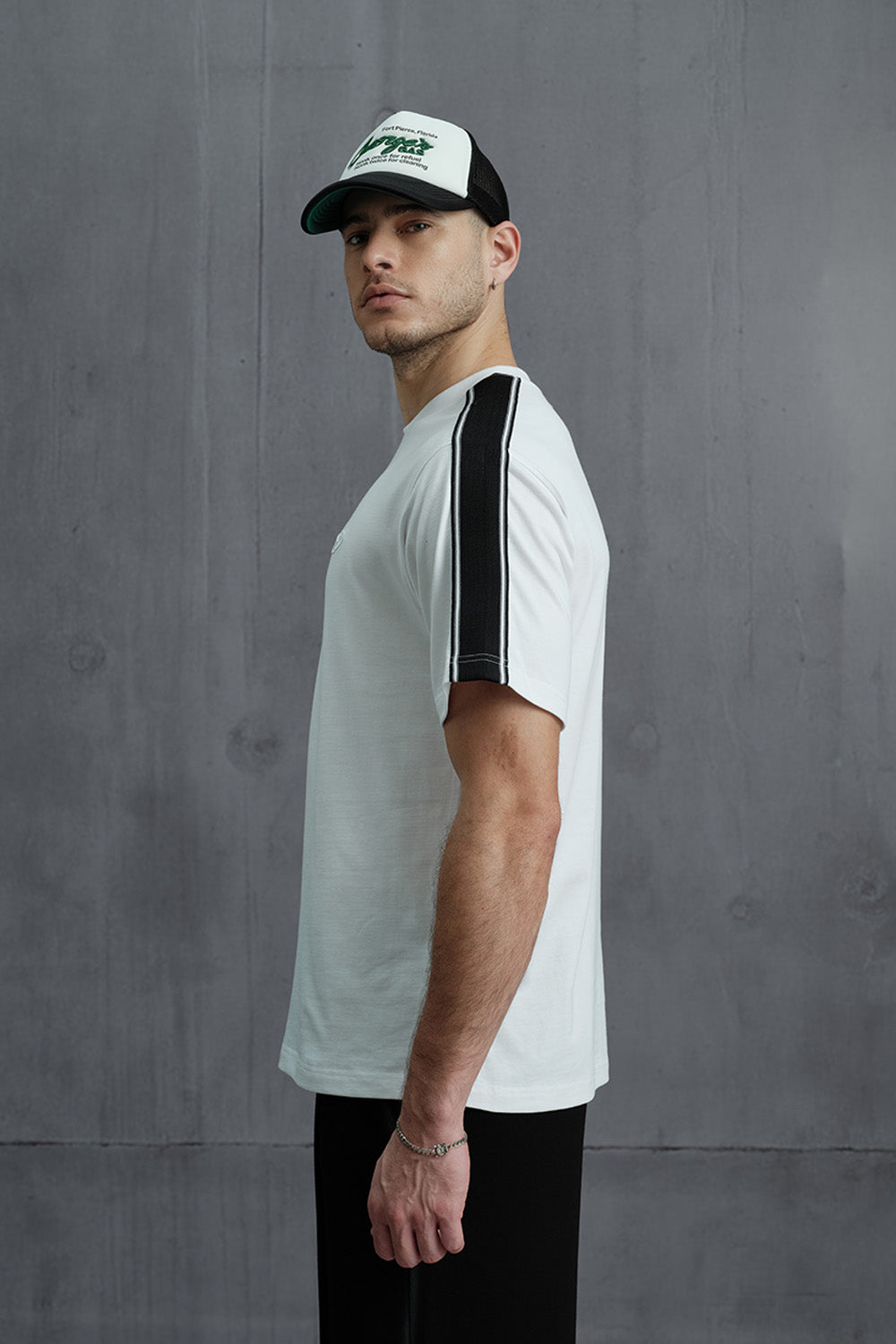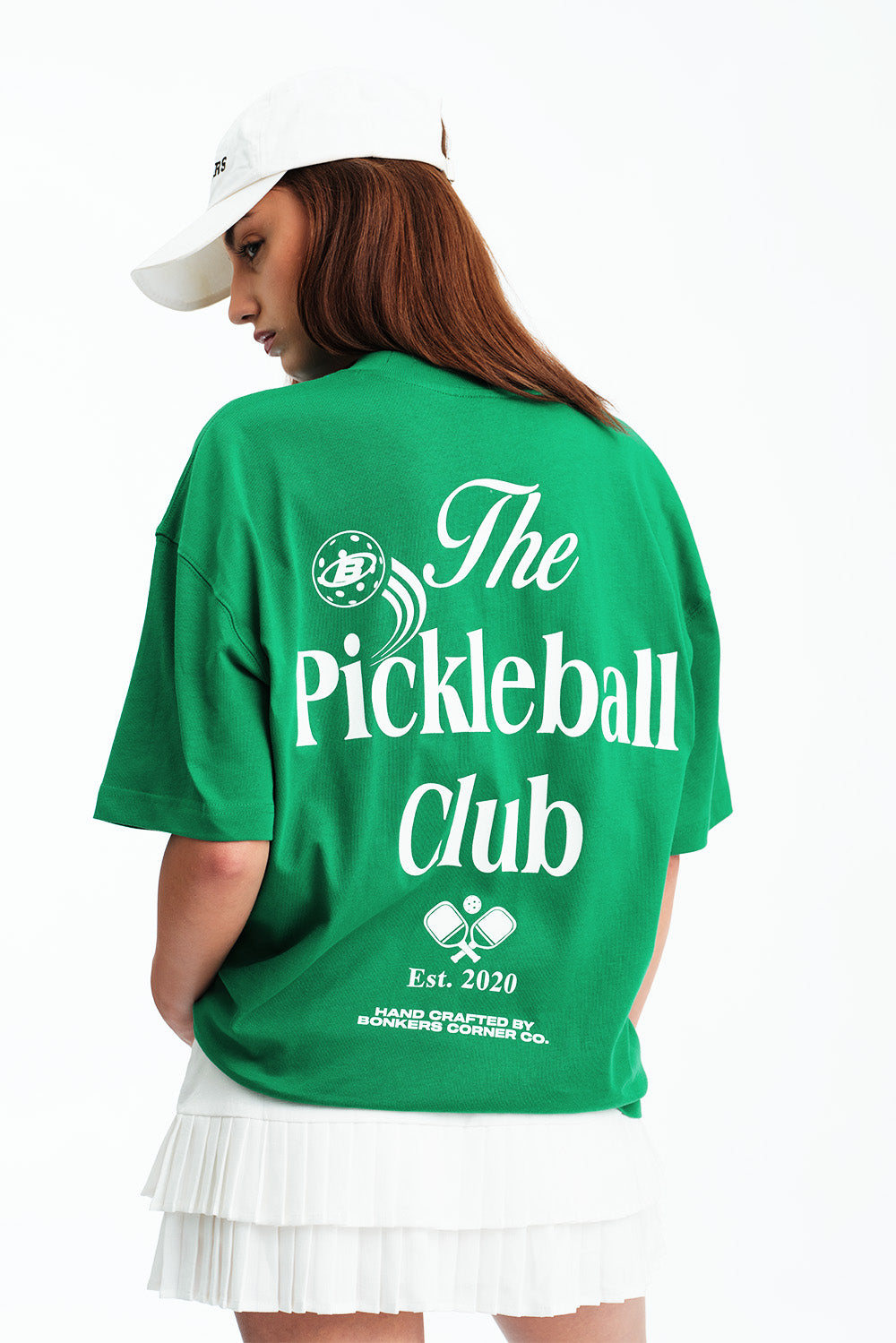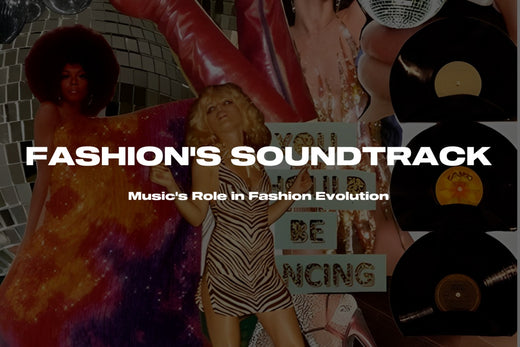
Fashion houses like Louis Vuitton have collaborated with musicians, blurring the lines between the two creative fields.
The relationship between the two fields is a symbiotic one, as music provides inspiration for fashion, and fashion, in turn, becomes a visual representation of the music culture.
From the Swinging Sixties to the present day, artists have served as fashion influencers, and various music genres have had a profound impact on the way we dress and express ourselves. In this blog, we will delve into the evolution of fashion through music, explore iconic artists who have influenced style trends, examine genre-specific fashion movements, and discuss the intersection of fashion and music in popular culture.
II. Historical Overview: Music Movements that Shaped Fashion
Throughout history, musical developments have sparked fashion revolutions. The Swinging Sixties saw the rise of the mod style and the British Invasion, with singers such as The Beatles and The Rolling Stones becoming style icons.
Glam rock originated in the 1970s, marked by extravagant fashion choices and the influence of performers such as David Bowie and Marc Bolan. The punk rock movement of the late ’70s rebelled against mainstream fashion norms, embracing DIY aesthetics and subversive style, with Kurt Cobain of Nirvana becoming a prominent figure in this movement.

Hip-hop culture and streetwear exploded onto the scene in the ’80s, with artists like Run-D.M.C. and the Beastie Boys influencing the fashion choices of millions. The grunge movement of the ’90s rejected conventional fashion, favouring a dishevelled and anti-establishment look popularized by bands like Nirvana and Pearl Jam.
III. Music Icons as Fashion Influencers
Artists have always been at the forefront of fashion trends, using their personal style as a means of self-expression and influencing their fans. Madonna, the “Queen of Pop,” continuously reinvented herself and pushed fashion boundaries throughout her career.
David Bowie, known as a chameleon of style, experimented with gender-bending fashion and futuristic aesthetics. Prince challenged gender norms with his flamboyant and eccentric fashion choices. Beyoncé, a powerful advocate for women’s empowerment, has used fashion as a medium to make bold statements.

Hip hop artists like Kanye West and Pharrell Williams have also become influential figures in the fashion world, establishing their own clothing lines and collaborating with established fashion houses.
IV. Genre-Specific Fashion Trends
Fashion aesthetics vary according to music genre. Rock ’n’ roll fashion is often characterized by leather jackets, band t-shirts (think Louis Vuitton’s recent collaboration with a popular K-pop band), and a rebellious attitude. Hip-hop fashion embraces streetwear, oversized clothing, sneakers, and flashy jewelry.

Pop music fashion leans towards glitz, glamour, and pop culture references. Indie and alternative styles embrace an effortless and bohemian look with quirky touches. Electronic music fashion tends to be futuristic, edgy, and avant-garde.
V. Music Festivals: Fashion Meets Music
Music festivals have become significant cultural events that showcase not only the music but also the fashion trends associated with specific genres. Coachella, known for its bright colors, bohemian vibes, and flowy dresses, has become an epicenter of festival style.

Glastonbury embodies a blend of hippie vibes and miscellaneous fashion choices. Lollapalooza is associated with indispensable fashion and a gemstone’n’ roll station. Tomorrowland features futuristic elements, bold colors, rave culture aesthetics, and EDM-inspired fashion.
VI. Collaborations Between Fashion and Music
The collaboration between fashion and music goes beyond individual artists. Fashion designers like Alexander Wang and Riccardo Tisci have created capsule collections inspired by music legends. Musicians like Rihanna have launched their own fashion lines, blurring the lines between performer and designer.

Fashion houses like Chanel have sponsored music tours and festivals, further solidifying the connection between the two industries. Artists like Lady Gaga have become fashion ambassadors, bridging the gap between the music and fashion worlds with their daring and innovative style choices.
VII. Subcultures and Fashion Fusion
Subcultures rooted in music have influenced fashion movements. Goth culture, with its dark aesthetics and puritanical influences, has left a continuing impact on fashion.

Rave culture introduced neon colors, techno fabrics, and cyberpunk- inspired fashion. K-pop fashion, characterized by bright colors, bold prints, and innovative silhouettes, has gained popularity worldwide, influencing both streetwear and high fashion.
VIII. Music Videos: A Visual Feast of Style
Music videos provide a visual representation of an artist’s style and often become catalysts for fashion trends. Iconic music videos like Michael Jackson’s “Thriller” and Madonna’s “Material Girl” have had a lasting impact on fashion.

Fashion designers are sometimes even commissioned to create specific outfits for music videos, further solidifying the link between the two creative fields. Dance choreography and fashion influences in music videos further contribute to the fusion of fashion and music.
IX. Red Carpet Style: Musicians Stealing the Show
Musicians have become prominent figures on red carpets, using their fashion choices to make bold statements and showcase their personal style. The Grammy Awards and the MTV Video Music Awards are known for showcasing edgy, outlandish, and memorable looks.

Hip hop artists like Cardi B and Lil Nas X have pushed boundaries with their daring and unconventional red carpet fashion. Musicians are increasingly crossing over into the world of high fashion, making an impact at events like the Met Gala and the Oscars. This exchange of style inspiration between music and high fashion keeps both industries fresh and innovative.
X. Music Merchandise and Fashion Crossovers
Music merchandise, including band t-shirts, has become a staple in fashion, especially for fans who want to show their support for their favorite artists. Fashion houses have even collaborated with popular musicians to create limited-edition collections that combine the artist’s signature style with the brand’s design expertise.

Fragrances endorsed by musicians and fashion brand collaborations with music artists have further blurred the lines between music and fashion, creating a sense of synergy and shared cultural influence.
XI. Fashion Icons of Today’s Music Scene
Today’s music scene is filled with fashion icons who use their unique style to inspire fans and challenge traditional fashion norms. Hip hop artist Rihanna is known for her chameleon-like ability to pull off diverse fashion aesthetics, from streetwear to high fashion couture.
Harry Styles has been breaking gender barriers in fashion, embracing a more fluid approach to dressing that transcends traditional definitions of masculinity. Billie Eilish has defied fashion norms with her oversized clothing and unconventional sense of style, challenging beauty standards and promoting individuality.

Lil Nas X has made waves with his bold and boundary-pushing fashion choices, often incorporating theatrical elements and high-concept designs that spark conversation and push the boundaries of what’s considered “fashionable.”
XII. Social Media and the Influence of Music on Fashion
Social media platforms like Instagram have amplified the influence of musicians on fashion trends. Artists with large followings become fashion influencers, showcasing their personal style, collaborating with fashion brands, and inspiring fans to adopt similar looks.

Reel and viral music fashion challenges further contribute to the dissemination of music-driven fashion trends. Musicians like Lizzo and Troye Sivan have become known for their playful and creative use of social media to showcase their unique fashion sense, inspiring a wave of self-expression and individuality through fashion choices.
XIII. Sustainable Fashion and the Music Industry
The music industry has also embraced sustainable fashion practices, with musicians promoting conscious fashion choices in their music videos, performances, and public appearances. Fashion designers are collaborating with musicians on eco-friendly clothing lines made from recycled materials or using sustainable production methods.
Artists like Beyonce and Pharrell Williams have used their platforms to raise awareness about sustainability issues within the fashion industry, encouraging fans to make environmentally friendly choices when it comes to clothing.
XIV. Fashion and Music in Cultural Movements
Music, as a catalyst for cultural movements, has influenced fashion as well. Afrofuturism, a movement blending African culture with science fiction and technology, has inspired fashion choices in both music and other art forms.

Artists like Janelle Monae and Sun Ra have incorporated Afrofuturistic elements into their performances and music videos, featuring clothing that blends futuristic technology with traditional African motifs. This intersection of music, fashion, and cultural identity creates a powerful visual representation of social and artistic movements.
XV. Fashion Runways and Music Inspirations
Fashion shows often incorporate musical elements, creating immersive experiences for the audience and further blurring the lines between the two art forms. Live music performances, DJs spinning on the runway, and even entire collections inspired by specific genres or artists are not uncommon occurrences in the high-fashion world.

Fashion designers like Alexander McQueen and Karl Lagerfeld were known for their theatrical runway shows that featured dramatic music and lighting, transforming the presentation of fashion into a performance art experience. These innovative runway productions showcase the power of music to elevate fashion and create a lasting impact on viewers.
XVI. Conclusion
The impact of artists and genres on fashion trends cannot be overstated. Throughout history, musicians have been at the forefront of fashion revolutions, influencing style choices, pushing boundaries, and inspiring self-expression.
Fashion and music continue to intersect in exciting ways, celebrating the creative synergy between the two fields. As we look to the future, it is clear that the ever-evolving relationship between fashion and music will continue to shape our culture and inspire new trends.
We can expect to see even more innovative collaborations, sustainable practices, and a continued blurring of lines between music and fashion, creating a vibrant and dynamic cultural landscape.




